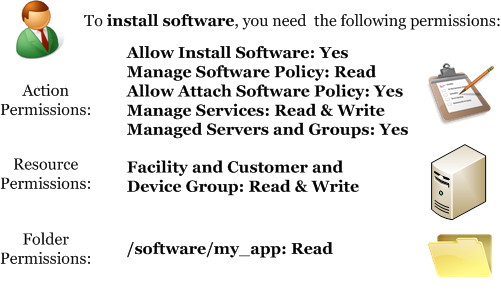Searching the Help
To search for information in the Help, type a word or phrase in the Search box. When you enter a group of words, OR is inferred. You can use Boolean operators to refine your search.
Results returned are case insensitive. However, results ranking takes case into account and assigns higher scores to case matches. Therefore, a search for "cats" followed by a search for "Cats" would return the same number of Help topics, but the order in which the topics are listed would be different.
| Search for | Example | Results |
|---|---|---|
| A single word | cat
|
Topics that contain the word "cat". You will also find its grammatical variations, such as "cats". |
|
A phrase. You can specify that the search results contain a specific phrase. |
"cat food" (quotation marks) |
Topics that contain the literal phrase "cat food" and all its grammatical variations. Without the quotation marks, the query is equivalent to specifying an OR operator, which finds topics with one of the individual words instead of the phrase. |
| Search for | Operator | Example |
|---|---|---|
|
Two or more words in the same topic |
|
|
| Either word in a topic |
|
|
| Topics that do not contain a specific word or phrase |
|
|
| Topics that contain one string and do not contain another | ^ (caret) |
cat ^ mouse
|
| A combination of search types | ( ) parentheses |
|
Permissions
SA provides three types of permissions needed to perform any action on servers:
- Action permissions specify the actions or tasks that users can perform.
- Resource permissions specify the servers on which users can perform these actions. All servers are grouped by facility, by customer, and by device groups. You set resource permissions by specifying access to facilities, customers, and device groups.
- Folder permissions specify access permissions to items in the SA Library, such as OS build plans, software packages, software policies, patch policies, audit policies, and so forth.
Types of SA permissions needed to perform a task

For example, to install software using a software policy, a user would need (at least) the permissions as shown in the following figure:
Permissions Needed to Install Software

These permissions (and others) are set in the predefined user group Software Deployers. For more information, see Predefined user groups.
The following figure shows the predefined user group named Software Deployers and the SA users who are members of the group. The Views navigation panel also shows the Resource Permissions, Folder Permissions, Action Permissions, and OGFS Permissions of this user group.
User group browser showing users who are members

Restricted views in the SA Client based on permissions
The SA Client displays only those resources for which the user’s group has Read or Read & Write permissions.
For example, John Smith belongs to the Basic Users group, which has the permissions listed in the following table. When John logs in, the SA Client displays only the servers for Widget Inc., but not those of Acme Corp.
|
Resource or Action |
Basic Group Permission |
|---|---|
|
Customer: Widget, Inc. |
Read & Write |
|
Customer: Acme Corp. |
None |
|
Wizard: Prepare OS |
Yes |
|
Wizard: Run Scripts |
No |
To locate or view a server, a user must belong to a user group that has Read (or Read & Write) permission to the customer and the facility and at least one device group associated with the server. Otherwise, the user cannot see the server in the SA Client.
We welcome your comments!
To open the configured email client on this computer, open an email window.
Otherwise, copy the information below to a web mail client, and send this email to hpe_sa_docs@hpe.com.
Help Topic ID:
Product:
Topic Title:
Feedback:





